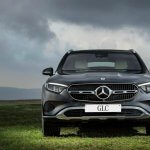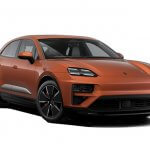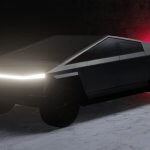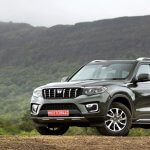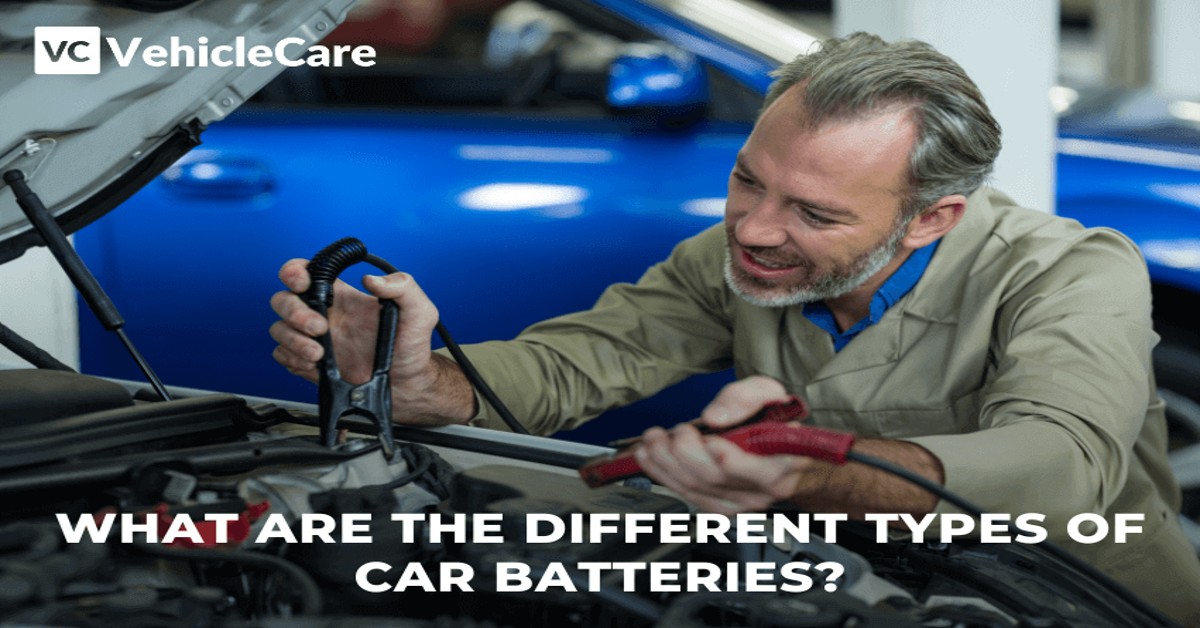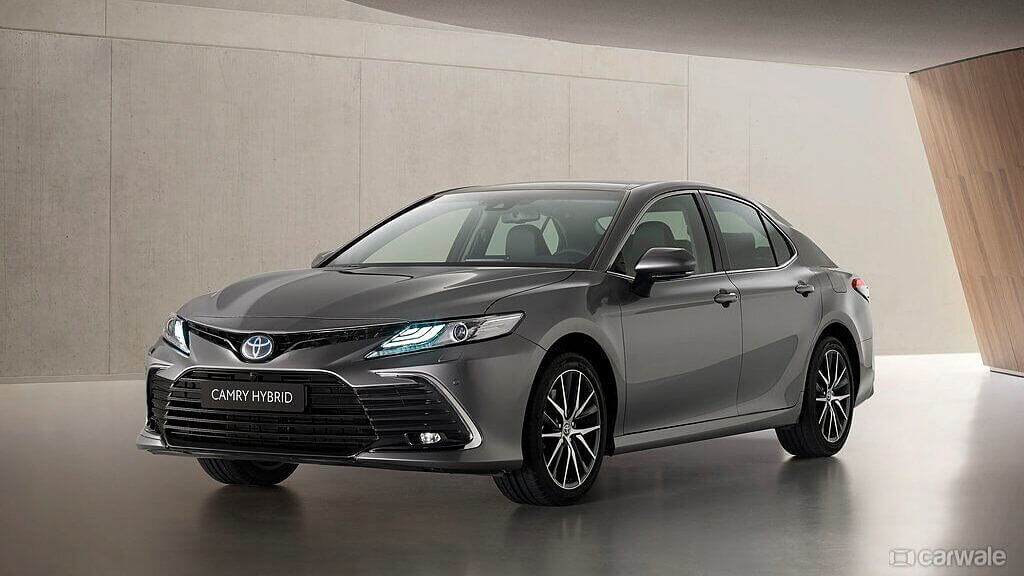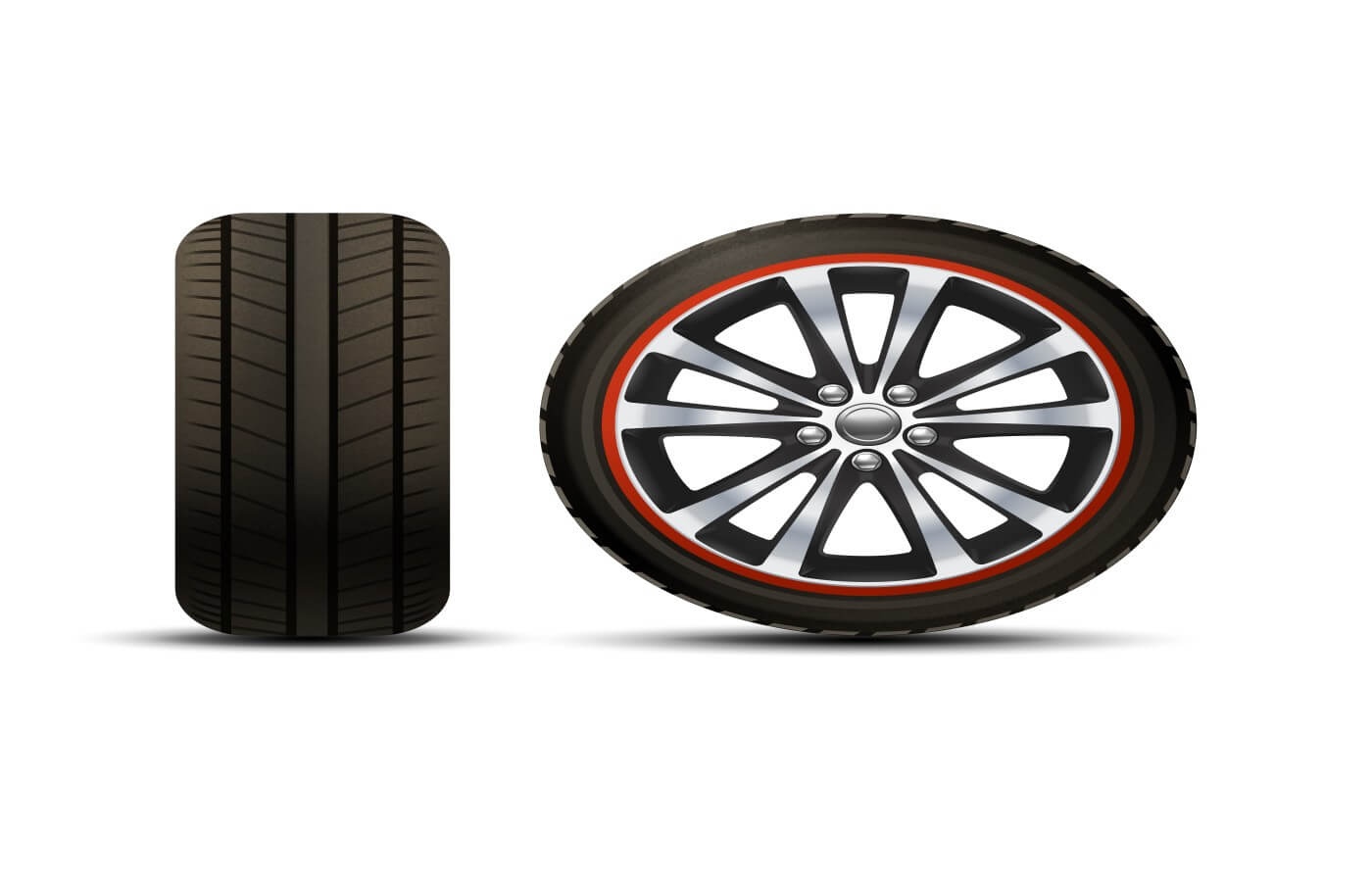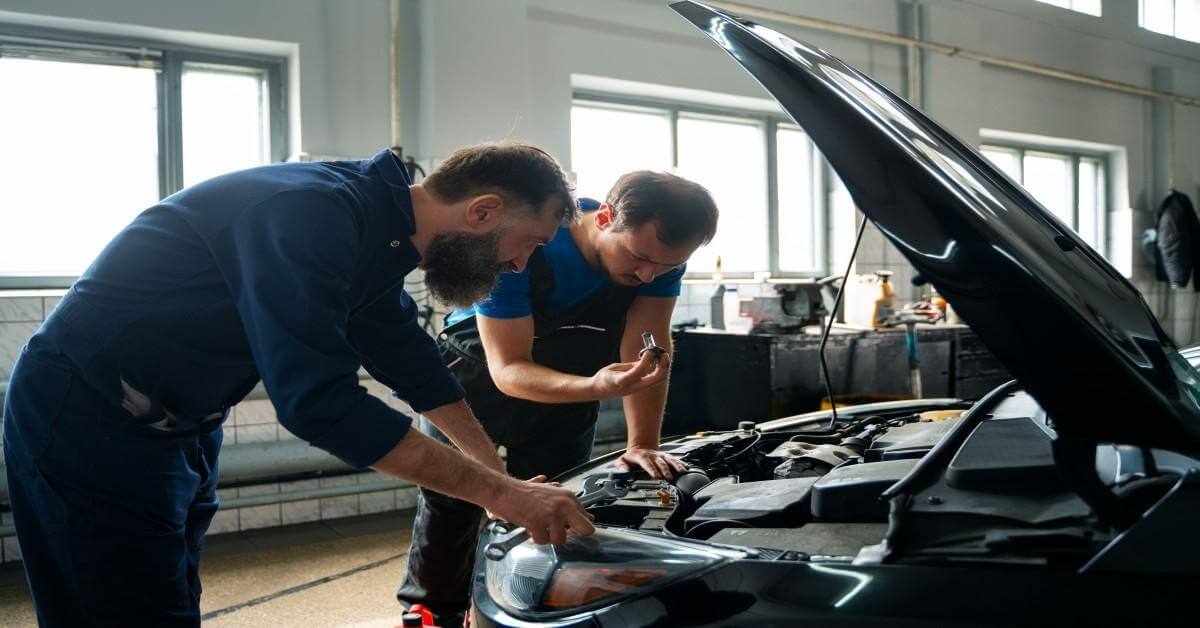You are not alone if you are unsure about which battery type is best for your vehicle. Surprisingly, the majority of automobile owners are ignorant of the wide range of car batteries available today. As a result, they settle with subpar, ill-fitting, and inexpensive automobile batteries that deteriorate over time.
Car batteries are an essential component of the ignition system. They are in charge of providing electrical energy to the automobile’s starter, which is used to start the engine and power different automotive components such as the radio and lights.
Table of Contents
Types of car batteries
Lithium-ion (Li-ion) Batteries
This is one of the most underappreciated batteries because it is mostly used in PHEVs and is slightly more expensive than a standard Lead-Acid battery. For the past few years, a Lithium-ion Battery has become well-known. A Li-ion battery is used in recent hybrid and electric vehicles.
The Li-ion battery stores substantially more charges than the other batteries. Another advantage is that these batteries are lighter than normal automobile batteries of comparable capacity. Li-ion batteries have a lengthy life expectancy of roughly 5-10 years, regardless of how they are used.
Starting, Lighting, and Ignition Batteries (SLI)
The majority of vehicles on the road have a starter, lighting, and ignition batteries, or SLI batteries for brief periods of time. Apart from starting the automobile, it also powers all of the car’s electronics, such as the interior and exterior lights, the audio system, and so on. The charge cycle of an SLI battery is quite brief. Because of this, the time it takes for the battery to charge and subsequently drain is significantly reduced.
Like the starter engine in an automobile, this sort of battery can produce power in short bursts of time. The SLI batteries are made up of six galvanic cells that are arranged in a series to form a system that produces 12 volts. At full charge, each cell produces 2.1 volts, resulting in a total output of 12.6 volts.
Lead-Acid Batteries
These are the batteries that require the least amount of maintenance. Because lead-acid batteries are sealed, they cannot be serviced like other batteries. These batteries are only available for replacement. Lead-Acid Batteries also supply power to the starter motor in brief bursts.
Deep Cycle Battery
Deep cycle batteries are built with larger battery plates and denser active material to endure repeated charge and discharge cycles. These batteries aren’t designed to deliver high bursts of power for a short time, but rather to deliver sustained power at a lower current for a long time.
For their rapid discharge rate, deep cycle batteries are a little pricey. These batteries, on the other hand, have a lengthy shelf life, lasting up to six to seven years if properly cared for.
Nickel Metal Hydride Battery
Nickel-metal batteries have a longer life cycle than lead-acid or lithium-ion car batteries and are most typically used in hybrid automobiles.
It also has a high self-discharge rate, generates a lot of heat at high temperatures, and is quite costly. They are therefore acceptable for hybrid cars but not for rechargeable electric vehicles.
VRLA Battery
There is no gas ventilation in a VRLA battery or valve-regulated lead-acid battery. It’s small and portable, making it simple to store. Because these batteries are sealed, they do not produce hydrogen gas and are hence the safest. The only disadvantage of VRLA batteries is that they are sealed and thus unserviceable.
AGM and gel cell batteries are the two varieties of VRLA automobile batteries.
Absorbed Glass Mat Battery (AGM) – AGM batteries have electrolytes contained in glass mats. It’s made to meet the increased energy demands of modern automobiles. When compared to flooded and gel cell batteries, AGM batteries perform better.
It charges 5X faster than a regular automobile battery and has a 3X longer cycle life. AGM batteries are ideal for vehicles that have automatic start-stop and brake energy recovery. AGM batteries have only one disadvantage and that is that they are expensive.
A gel cell battery is robust because it has a gelified electrolyte. It has a high resistance to heat, physical trauma, electrolyte evaporation, and spilling. Gel cell batteries have a long cycle life and are shock and vibration resistant.
Silver Calcium Battery
This battery was created to be a better alternative to flooded batteries. It’s still a lead-acid battery with an electrolyte solution, but instead of the lead-antimony plates used in traditional batteries, it employs lead-calcium-silver plates. It’s normally sealed and doesn’t require any upkeep.
In hotter locations, the silver calcium battery has a longer lifespan since it is more corrosion resistant and more durable at high temperatures. The silver calcium battery, on the other hand, requires a greater charging voltage and is susceptible to sulfation.
Enhanced Flooded Battery (EFB)
The EFB battery is a high-performance wet cell battery that has been tuned. It has a liquid electrolyte solution, but it’s a sealed battery that can handle twice as much cycling.
In comparison to typical flooded batteries, the EFB battery can give around 85,000 engine cranks. It was launched as a lower-tier choice for durability and performance to the AGM battery, and is frequently used in cars with simple start-stop technology.
How to choose the best car battery
- Obtain the owner’s manual for your vehicle, which contains information on all of the vehicle’s standard components. Check the size and ampere-hour ratings of the battery, as well as the CA and CCA values. If you’ve lost your owner’s handbook, look for all of the required ratings on the top or body of the present battery.
- Select a car battery with an Ah rating greater than or equal to your current battery, or as specified in the owner’s manual. When it comes to cold starts, a lower AH rating will cause you problems. The battery life of the car will also be impacted.
- Don’t get a car battery with a considerably greater AH rating; this may cause delayed charging and put a strain on the alternator. If you reside in an area where the temperature drops below freezing, use a battery with a higher CCA.
- A battery with a high Reserve Capacity will come in handy if your car’s alternator fails, allowing you to keep the car and its lights running for longer.
- When purchasing an automotive battery, look for the manufacturing date on the battery. There will be a code that specifies the date of manufacturing if the date is not specified. A battery that has been purchased within six months of its production is deemed new.
- The most prevalent types of 4 wheeler batteries are lead-acid and deep cycle batteries. Although deep cycle batteries are slightly more expensive than lead-acid batteries and have a longer life, the average automotive battery life in India is roughly 3-5 years.
Difference between lead-acid batteries and deep cycle batteries
The lead-acid battery in a car is designed to deliver a great quantity of current in a short amount of time. This burst of current is required to turn the engine over when it is first turned on. The alternator supplies all of the power that the automobile requires once the engine is started, therefore a car battery can last the entire life of the vehicle without ever being drained below 20% of its total capacity. When used in this manner, a car battery can live for many years. A car battery uses thin plates to increase its surface area in order to achieve a large amount of current.
A deep cycle battery is made to deliver a constant current for a long time. When a surge is required, a deep cycle battery can give it, but not to the same extent as a car battery. A deep cycle battery is also built to be repeatedly deeply discharged, something that would ruin a car battery very quickly. Deep cycle batteries have thicker plates to accomplish this.
A lead-acid car battery is usually rated in two ways:
- CCA (Cold Cranking Amps) – The number of amps a battery can produce for 30 seconds at 32 degrees Fahrenheit (0 degrees Celsius).
- RC (Reserve Capacity) – The amount of time a battery can produce 25 amps while maintaining a voltage above 10.5 volts.
A deep cycle battery typically has two or three times the RC of a car battery but only half to three-quarters the CCAs. A deep cycle battery can also sustain hundreds of total discharge/recharge cycles, whereas a car battery is not designed to be completely depleted.
Most common car battery sizes
Side-post batteries
Specific group sizes are used by some vehicle manufacturers more than others. Many General Motors vehicles, for example, utilize a side-post battery. Instead of having battery posts on the top, side post batteries feature cable ends that screw into the side of the battery. The average group size is 70, 74, 75, and 78.
Recessed top post batteries
The top posts of European vehicle manufacturers’ batteries (Volkswagen, Audi, Mercedes Benz, BMW, and so on) are often recessed in the corners such that the top of the battery posts is about similar to the main height of the battery. A specialized ventilation system is included with many of these battery group size fitments, and some are also fitted in the trunk or even under the rear seat, as opposed to the typical placement under the hood. The normal group sizes are 41, 42, 47, 48, and 49.
Standard top post batteries
Most Japanese and foreign automobiles, as well as many imports, use a group size with standard, top-post battery fitments. The most common battery group sizes that most people are familiar with are listed below. While these are more popular and appear to be easy to change, it is still critical to choose the correct group size to ensure that your car battery remains secure in the battery tray of your vehicle.
Some group sizes, for example, have the same width and length but a lower height. If a taller battery is mistaken for a smaller group size, it may not fit properly in the battery tray and/or battery hold-down, or the battery post may come into touch with the car’s metal hood, sparking, shorting, or triggering a vehicle fire. 24, 24F, 25, 34, 35, 51, 51R, 52, 58, 58R, 59, and 65 are the most frequent battery group sizes.


